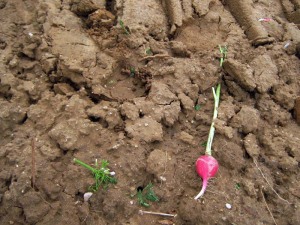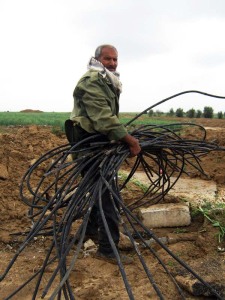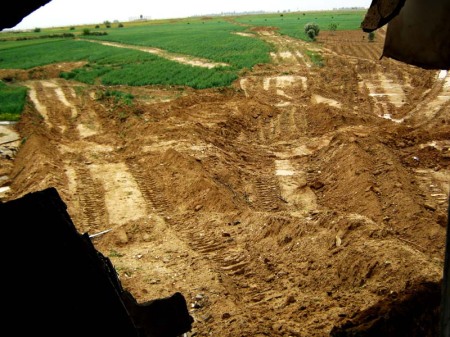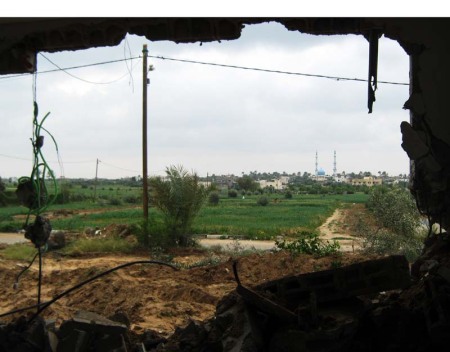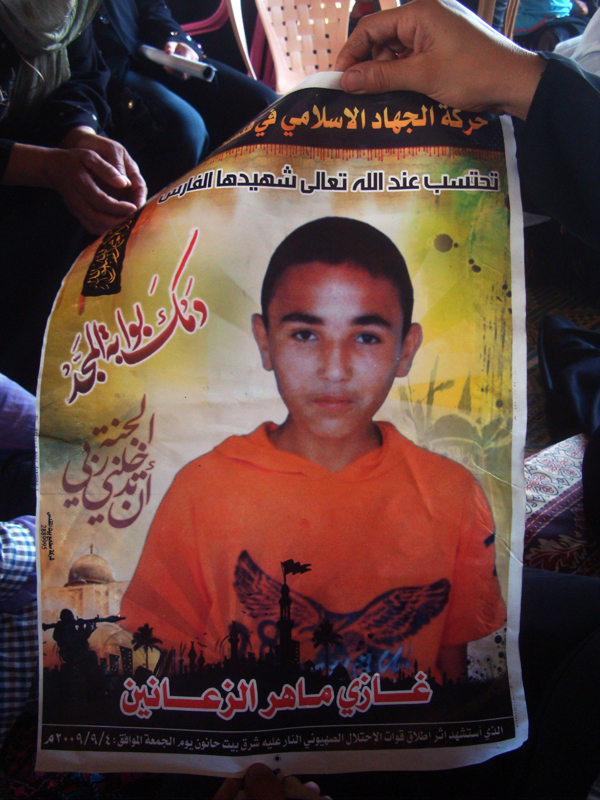
In Gaza
On 26 March, fighting erupted between Palestinian resistance and invading Israeli soldiers when IOF jeeps, tanks, and bulldozers invaded, supported by F-16s, Apache helicopters and unmanned drones from above.
Two Israeli soldiers were reported killed and 2 more injured. Medics with the Red Crescent report that three Palestinian resistance fighters were killed, along with 1 civilian, Haitam Arafat, 22 years old, shot on his land.
Eight more Palestinians were injured, according to Muawiyya Hassaniin, director of emergency services in Gaza. The injured include Osama Abu Dagga, a child of 6 years, shot in the head while in his home 2 km from the border. He is in critical condition.
While the invasion was underway, locals reported several F-16 Israeli warplanes, Apache helicopters, drones, roughly 20 tanks and 6 bulldozers.
During the Israeli invasion, Palestinian ambulances were unable to reach the injured, delayed and unable to attain coordination from Israeli authorities to retrieve the injured, although international law obligates Israel to accord this permission.
Long after the fighting between the resistance and invading Israeli soldiers, 3 Israeli bulldozers destroyed the home of Hashem Abu Daggma and surrounding farmland, all well over 500 metres from the border.
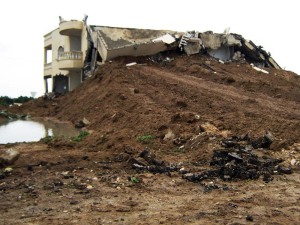

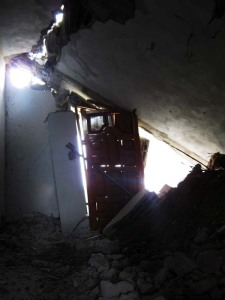
“They came around 11 pm and stayed until 3 am,” accompanied by tanks and aerial reinforcement, said a cousin of Abu Daggma’s, one of 15 living in the home until yesterday.
“I have no idea why they destroyed the home. It’s the third time they’ve attacked the house. Eight months ago they destroyed the outer side walls. Five months ago they destroyed the back wall. And this time they finished the job,” he said.
Abdel Aziz and Ibrahim Egdiah own 1.5 dunams next to the Abu Daggma home.
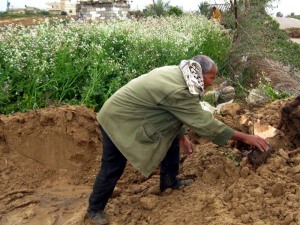
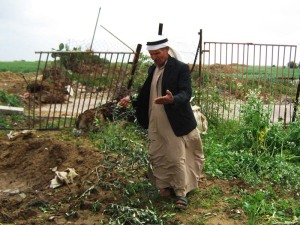
“We had parsley, radishes, olive and palm trees. Some of our trees were over 25 years old,” said Ibrahim Egdiah.
“Twelve people depend on this land,” he said, throwing aside a mangled olive branch. “Mish haram?” Isn’t this shameful?
Jaber Abu Rjila, a resident of Faraheen in the greater Abassan area, watched the Israeli invasion from a rooftop in the village a kilometre away.
“There were up to 20 tanks at the height of the invasions. The F-16, Apaches, drones and tanks were firing rockets, missiles and machine gun fire. I really felt that they might come into Faraheen again.”
Rjila’s house and chicken farm, 500 metres from the border, was ravaged in May 2008, his chicken barn destroyed, all but a percentage of the birds, farm equipment, and crops.
Rjila and other farmers in the border regions are constantly subject to Israeli soldier gunfire from border jeeps and towers.
“Many people are worried that Israel might come back and do something worse,” said Rjila. Today, the day after the invasion, Israeli bulldozers were visible waiting along the border.

